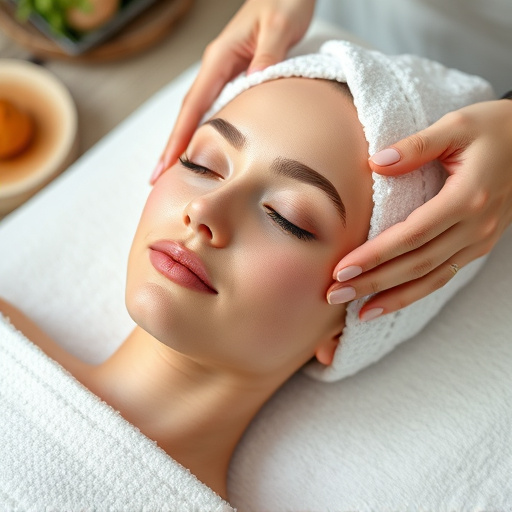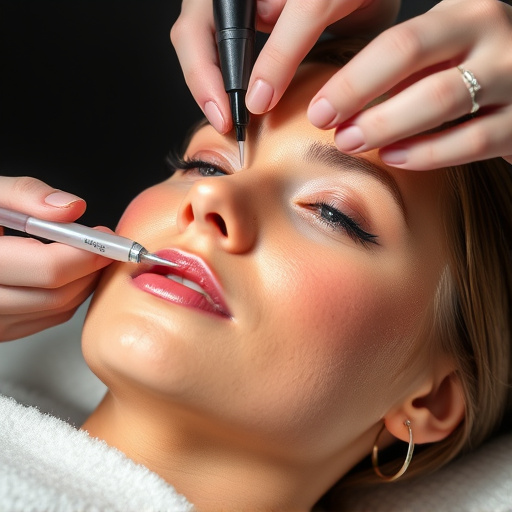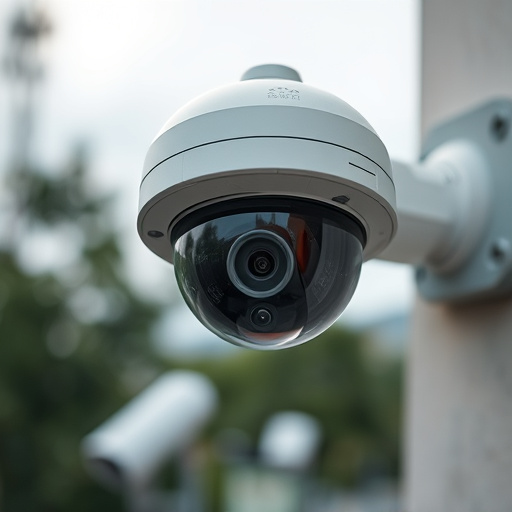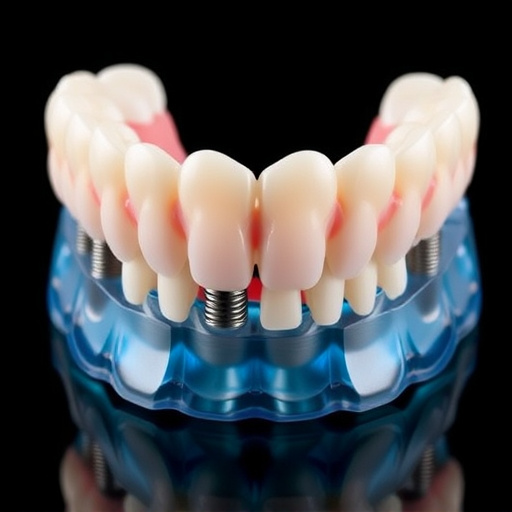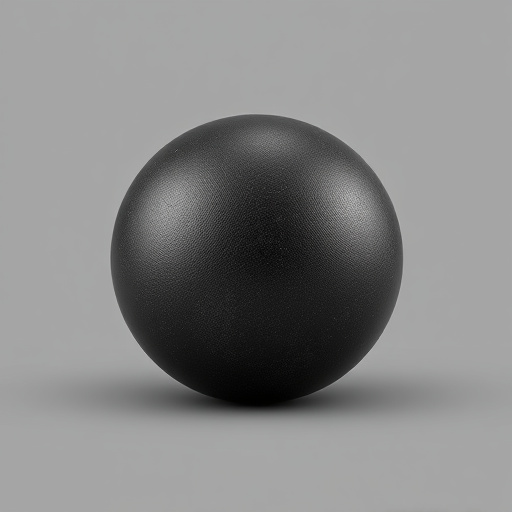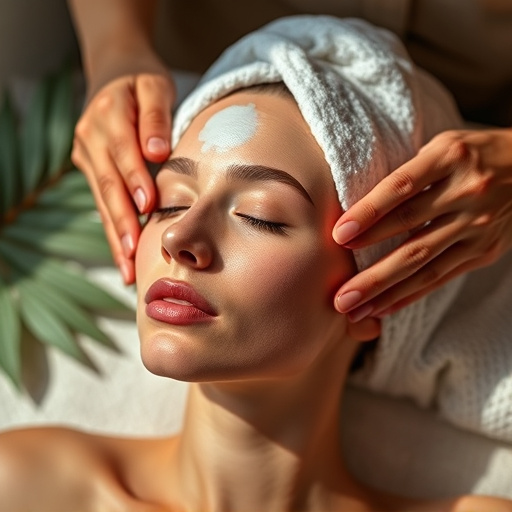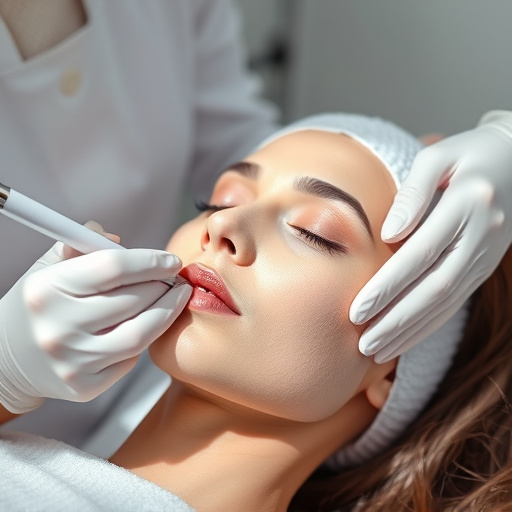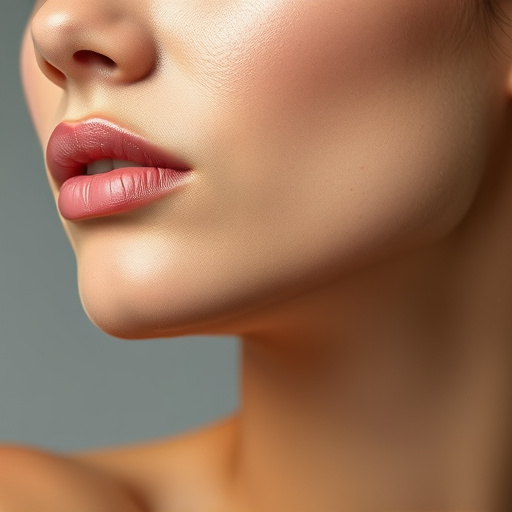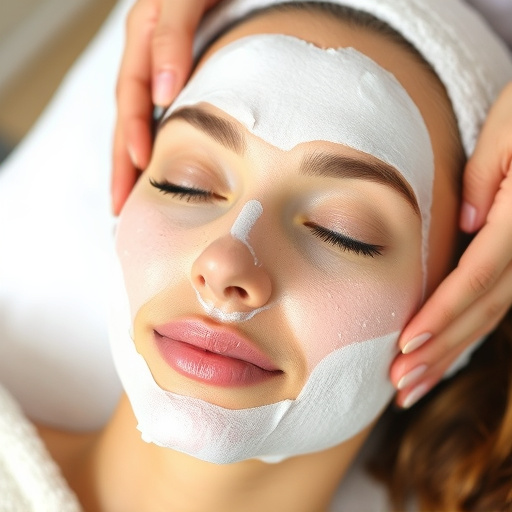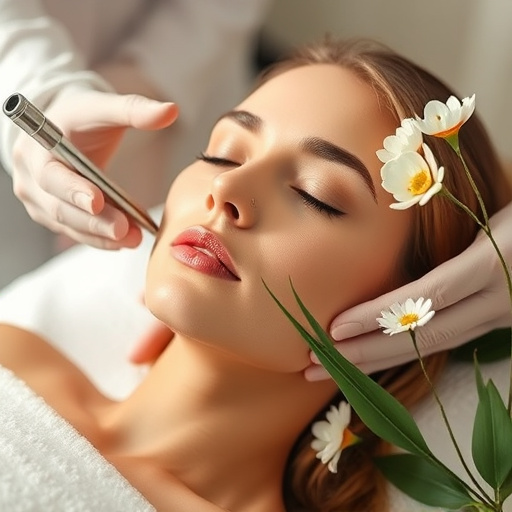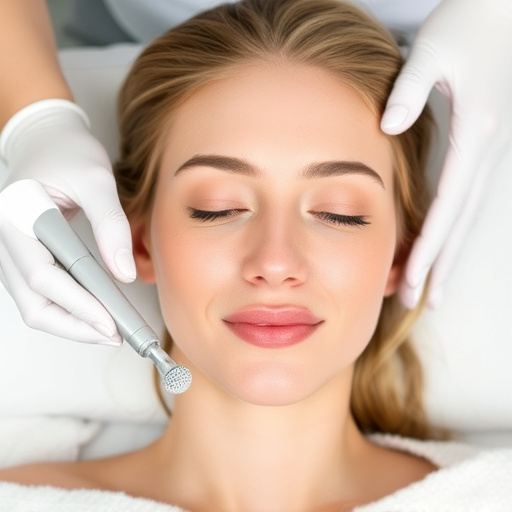Cystic acne, caused by trapped sebum, bacteria, and inflammation, is treatable with a combination of topical medications (like benzoyl peroxide and retinoids), oral antibiotics, and advanced procedures like light therapy. A dermatologist can create a personalized skincare plan to address the root causes, minimize scarring, and restore clear skin for effective cystic acne treatment.
Cystic acne, a severe form of acne affecting teens, can leave lasting scars. Understanding its causes and diagnosis is the first step towards effective management. This article explores comprehensive cystic acne treatment options, from topical medications and oral pills to advanced procedures. We delve into what works best for teen skin, emphasizing personalized care and evidence-based practices for achieving clearer, healthier complexions. Discover top strategies for tackling this stubborn condition.
- Understanding Cystic Acne: Causes and Diagnosis
- Topical Treatments for Severe Acne Breakouts
- Beyond Topicals: Oral Medications and Procedures
Understanding Cystic Acne: Causes and Diagnosis
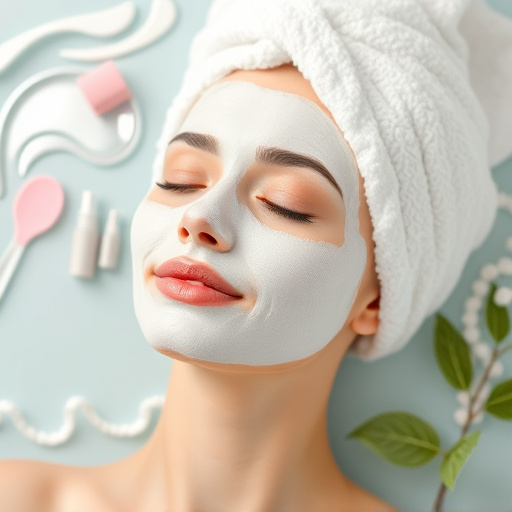
Cystic acne is a severe form of acne that goes beyond the typical whiteheads and blackheads. It presents as painful, large, deep-seated pimples filled with pus, often leaving scars on the skin. Understanding its causes is crucial in effective treatment. This type of acne develops when oil (sebum) gets trapped beneath the skin’s surface, leading to bacterial growth and inflammation. Hormonal changes during adolescence, genetic predisposition, and certain environmental factors contribute to its development.
Diagnosis involves a thorough examination by a dermatologist who may use various techniques, including touching and feeling the affected areas, applying pressure to visualize the cysts, and sometimes analyzing skin samples for microscopic assessment. Personalized skincare plans are then tailored to address the specific needs of teen skin, focusing on non-surgical treatments like topical medications, oral antibiotics, or even skin rejuvenation procedures to minimize scarring and restore a clear, healthy complexion.
Topical Treatments for Severe Acne Breakouts

For severe cystic acne breakouts, topical treatments are a common and effective first line of defense. These include prescription creams and gels containing ingredients like benzoyl peroxide, retinoids, and antibiotics. Benzoyl peroxide helps to break down and eliminate excess oil and dead skin cells, while retinoids prompt skin cell turnover and unclog pores. Antibiotics target and reduce inflammation caused by bacterial infections. These topical treatments are often combined for a multi-pronged approach to managing cystic acne.
Many people find relief through over-the-counter options, but for more persistent and severe cases, consulting a dermatologist or visiting a medical spa for specialized aesthetic treatments is recommended. Personalized skincare plans tailored to an individual’s needs can offer significant improvements. These professional services may include advanced topical therapies, light therapy, or other innovative procedures designed to tackle cystic acne at its source, promoting clearer, healthier skin in the long term.
Beyond Topicals: Oral Medications and Procedures
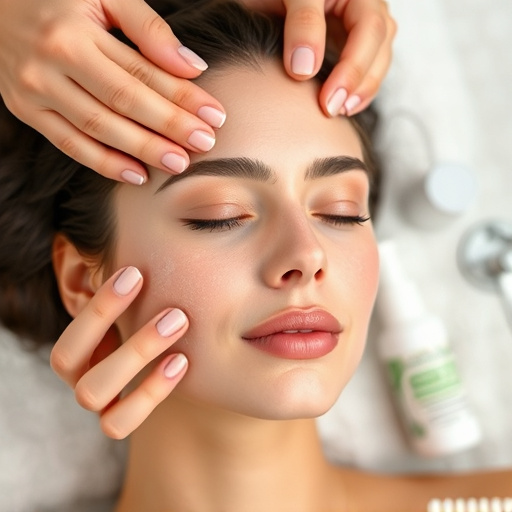
While topical medications like retinoids, benzoyl peroxide, and salicylic acid are often the first line of defense against cystic acne, there’s more to exploring when it comes to effective cystic acne treatment. For moderate to severe cases that don’t respond well to over-the-counter options, doctors may prescribe oral medications such as antibiotics or isotretinoin. These work internally to combat inflammation and reduce the production of excess sebum.
Beyond oral meds, certain procedures can also be tailored to address cystic acne. Techniques like extraction (for removing comedones), chemical peels (to exfoliate skin and unclog pores), and laser treatments (targeting acne-causing bacteria) are among the options. For those seeking more advanced solutions, combined approaches—like a customized facial followed by light therapy or a targeted injection treatment—can offer significant improvements in skin clarity and texture, leading to a clearer, healthier complexion.
Cystic acne, a severe form of acne affecting teens, requires a multi-faceted approach to effective treatment. Understanding the causes and diagnosis is key, leading to the right combination of topical treatments, oral medications, and even procedures for lasting results. By exploring these options and consulting with a dermatologist, teens can find a tailored cystic acne treatment plan that clears their skin and boosts their confidence.
